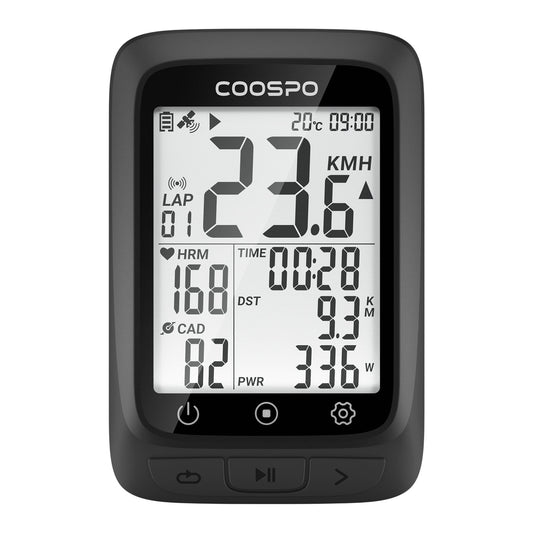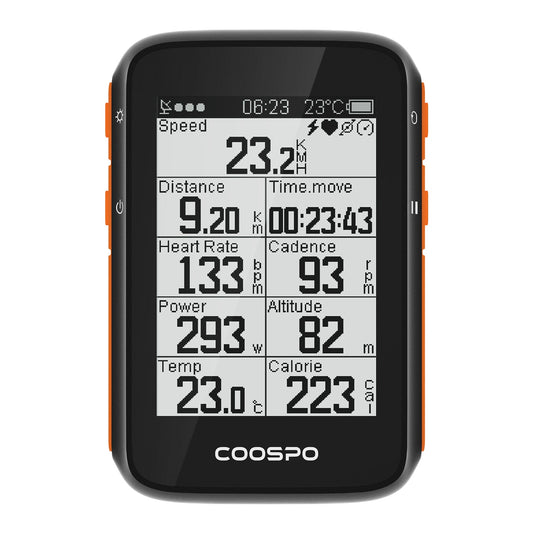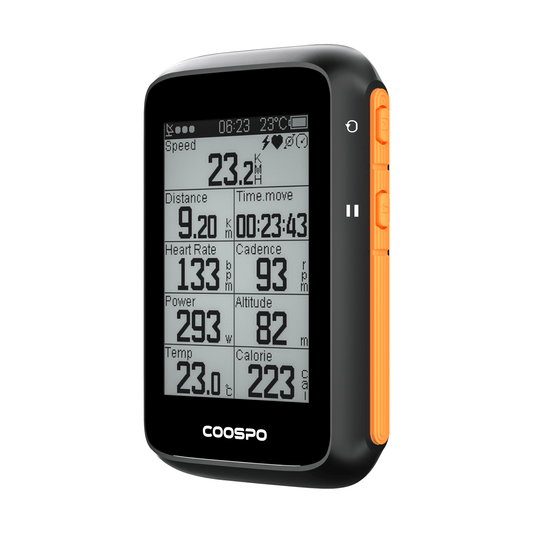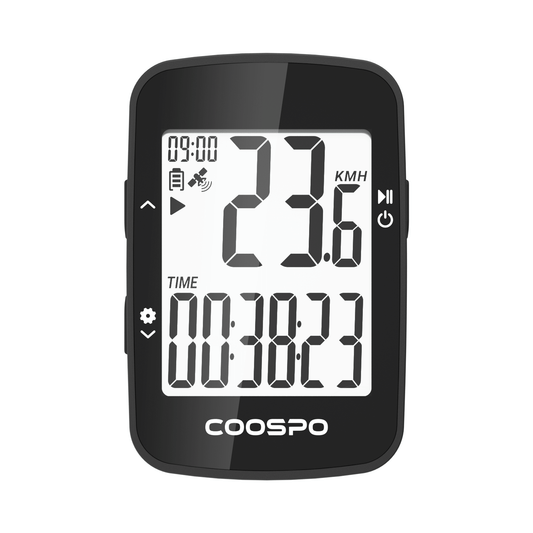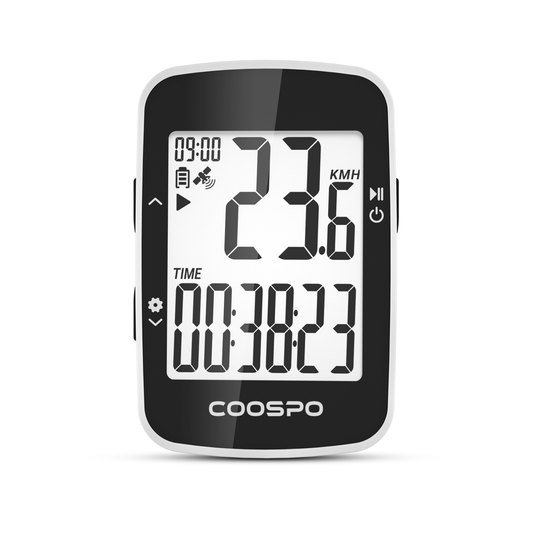Running 20 Minutes Daily: Pros, Cons, & Starting Tips
In today's busy world, it's hard to make time for exercise. Time is precious, and finding the time to prioritize physical activity can feel overwhelming.
However, the simple act of running for just 20 minutes a day can yield a plethora of benefits for both your physical and mental well-being. From torching calories to boosting cardiovascular health and reducing stress levels, lacing up your sneakers for a daily run can be a game-changer. But like any form of exercise, there are both pros and cons to consider, along with essential tips for getting started safely and effectively.
Pros
Burn Calories And Lose Weight
Running has many benefits, including burning calories and helping with weight loss. A study in the Journal of Obesity found that running at a moderate pace for just 20 minutes can burn over 200 calories. The exact amount may vary based on factors like weight and how hard you're running.

The efficacy of running 20 minutes a day for weight loss is contingent on several key factors:
- Weight: A person's current weight plays a significant role in determining the amount of weight they are likely to lose through a 20-minute daily running regimen. Individuals with a higher body weight tend to burn more calories per pound compared to those with a lower body weight.
- Duration of Run: Unquestionably, the longer one runs, the more calories they are likely to burn. The estimation of 100 calories burned in 20 minutes is based on an average-sized runner jogging at an 8-minute mile pace. However, individual variations such as body size and running speed (whether slower or faster than an 8-minute mile) require adjustments to this estimate.
- Running Terrain: The type of terrain one runs on can significantly impact the number of calories burned. Running uphill or on sand, as well as running on a treadmill, all require varying levels of energy expenditure.
- Dietary Habits: One's dietary intake also influences the calorie-burning process. Consuming more calories than necessary to maintain one's current weight would counter the weight loss benefits of running. Therefore, a balanced diet is essential in conjunction with a running routine to achieve effective weight loss.
Improve Your Cardiovascular Health
Running is good for your heart. It makes your heart stronger, improves blood flow, and lowers blood pressure and cholesterol. Even just a short 20-minute run can give you a lot of heart benefits.
Reduce Stress Levels
Exercising is a great way to reduce stress levels, and running is no exception.
Running has long been hailed as a natural stress reliever, thanks to the release of endorphins, also known as "feel-good" hormones, during physical activity. Running, can reduce symptoms of anxiety and depression, improve mood, and enhance overall mental well-being. Incorporating a daily run into your routine can provide a much-needed outlet for stress relief and relaxation.

Be More Motivated
Running shorter distances often is a great way to build up your confidence and motivation.
As you witness progress and improvements in your running performance, you'll likely feel more motivated to stick with your routine and challenge yourself further. Once you start to see how good it feels to run even a short distance, you may be more motivated to increase your running efforts.
Cons
You Could Injure Yourself
While running offers numerous benefits, it also carries the risk of injury, especially if proper precautions are not taken.
Common running injuries include shin splints, knee pain, and stress fractures. And even if you’re in good shape, it’s still possible to get injured. Make sure you take the time to learn about proper running techniques so you can avoid injuries while out on the road.

It Takes Time To Adapt
The first few times you go running might be tough, especially if you're not in great shape or haven't run much before. It's normal to feel sore and tired at first. Take your time and don't push yourself too hard. Some people start by jogging for 5 minutes and adding 5 minutes each day until they reach their goal distance, which could be anywhere from 3 to 20 minutes, depending on what you want to achieve.
Running In Bad Weather Can Be A Challenge
Running in extreme weather like rain and snow can be risky and unpleasant. Some people enjoy the challenge, but others prefer indoor options like a treadmill. Planning ahead and wearing the right clothes can help make running in bad weather more bearable and safer.

Tips For Running Safely And Effectively
Here are some tips for new runners in a more organized format:
- Start with one or two days of running per week, gradually increasing as you get more comfortable.
- If you experience pain or discomfort, especially in your joints or muscles, take a break and consult a professional if necessary.
- Stay hydrated by drinking water before, during, and after your run to avoid dehydration and potential injury.
- After your run, incorporate stretching exercises to improve flexibility and reduce the risk of injury.
- Invest in a good pair of running shoes that provide proper support and cushioning to protect your feet and legs.
- Consider finding a running buddy to stay motivated and make running a more enjoyable experience.
Proper Form For Running To Avoid Injury
- Maintain proper posture: Keep your spine straight and shoulders relaxed while running.
- Avoid tension: Relax your muscles and refrain from clenching your fists.
- Land on the middle of your foot: Minimize the risk of injury by landing on the middle of your foot, not your heel.
- Keep your head up: Look forward to stay focused and avoid tripping over obstacles.
- Maintain steady breathing: Breathe deeply and evenly while running, avoiding holding your breath or heavy panting.
- Adjust for inclines: Lean slightly forward when running uphill and lean back when running downhill.
- Take short, quick steps: Opt for efficient movement by taking short, quick steps during your run.
Recommend the Coospo heart rate monitor for essential data to improve aerobic health and burn calories effectively. It accurately measures heart rate, ensuring exercise within the right zone for optimal results. Real-time monitoring allows for intensity adjustments, progress tracking, and motivation. Plus, it estimates calorie burn for personalized fitness planning.




